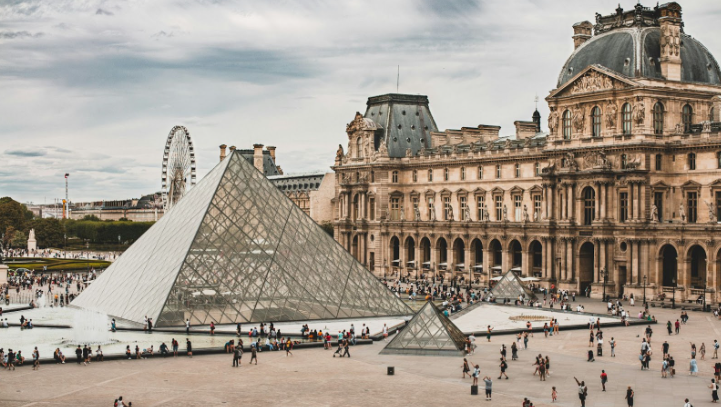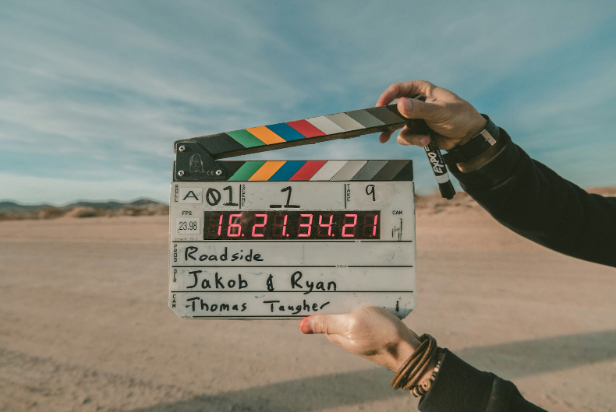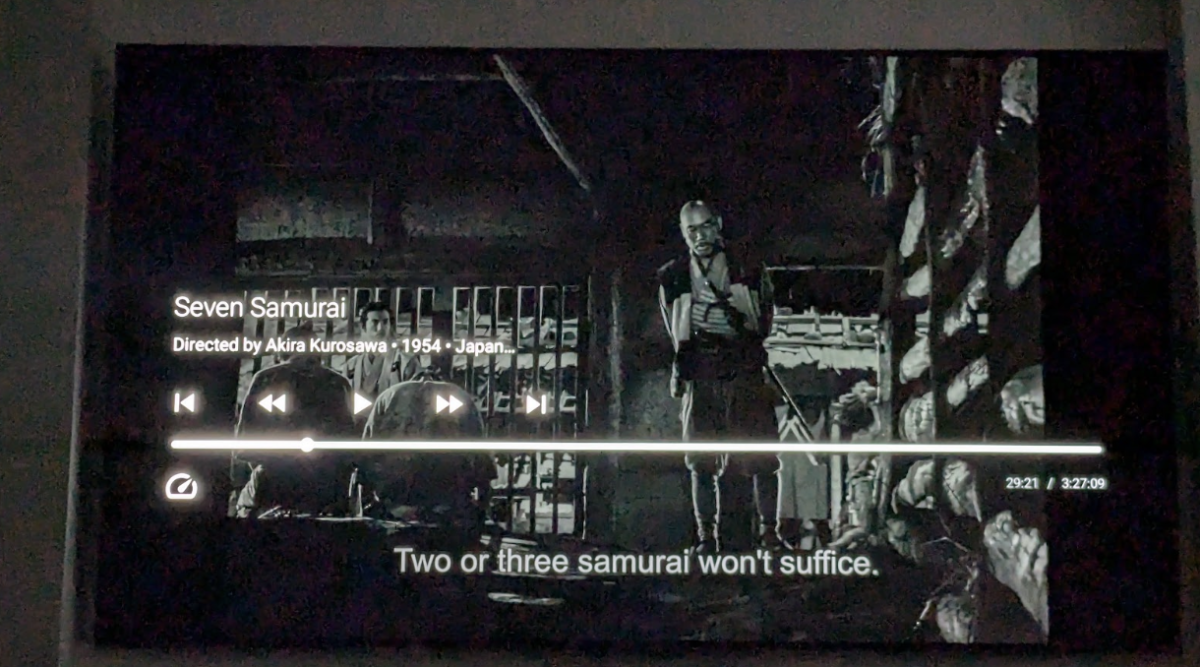What is the most influential film ever made? This is a question that will likely spark infinite debate forever. Perhaps it’s Steven Spielberg’s “Jaws,” which invented the summer blockbuster. Maybe it’s Alfred Hitchcock’s “Psycho,” which revolutionized the way movies were shown in theaters. However, there is another film that has been secretly revolutionizing movies for seven decades, and many don’t even know it exists. That film is Akira Kurosawa’s “Seven Samurai.”
“Seven Samurai” follows the story of a small farming village constantly attacked by thieves that steal their grain. The poor farmers hire a samurai to defend them, though the samurai estimates they would need at least six more. Thus the team of samurai for which the movie is named was born.
The main aspect that “Seven Samurai” brought to the table was the idea of assembling a team to take down a common enemy. Many movies now, especially superhero movies, focus on a group of outstanding individuals coming together as a team to defeat a powerful foe. Films such as “The Avengers,” “Justice League,” and even movies like “Alien” and “Arrival” have echoes of this theme. If a movie ever has a big team up as its climax, it has “Seven Samurai” to thank for that idea.
For a more clear idea of how “Seven Samurai” has left its mark on film, look no further than one of the most popular film franchises of all time, “Star Wars.” The first three Star Wars films heavily feature people oppressed by the tyrannical Empire who enlist the help of a Jedi and two rogues to rescue them. The first movie follows a similar plot structure to “Seven Samurai.”
The movie starts by establishing how evil the Empire is and how much innocent people are suffering by showing the Empire destroying the planet Alderaan. Then, Princess Leia, acting as a representative of the suffering people, enlists the help of the Jedi Obi-Wan Kenobi. Kenobi enlists the help of Luke Skywalker, who in turn builds a team including Han Solo, Chewbacca, Princess Leia, C-3PO and R2-D2. It all culminates in the team working together to take down the Empire, destroying the Death Star and saving the oppressed people.
Though “Seven Samurai” influenced many with its team-up plot, one character in particular has served as a template for many characters to come. That character is Kikuchiyo, played by Toshiro Mifune. Kikuchiyo’s first scene comes near the end of the formation of the team, where he stumbles into the house of the samurai while incredibly drunk. He fails the test to ensure that he is a real samurai, as he fails to anticipate and block Katsushiro Okamoto (Isao Kimura) from hitting his head with a stick. This raises questions about his proficiency as a samurai, and is treated as an outsider until his special skills earn him the respect of his peers.
This character inspired many characters that would come after him. His arc is comparable to that of Steve Rogers, going from a young adult that was rejected from the armed forces to Captain America. It’s the story of Max from “Mad Max: Fury Road,” an outsider rogue who earns respect by helping the women oppressed by Immortan Joe. Even outside of action movies this trope persists. Allison in “The Breakfast Club” starts as an outsider emo before, through the power of conversation, assimilates herself into the rest of the group and ends up in a relationship with another member of the eponymous club.
Seven Samurai is the reason audiences have come to expect these outsider characters to become associated with the main cast by the end of the movie. It’s the reason audiences call for “redemption arcs” and say that characters “deserved more.” Seven Samurai’s impact on film wasn’t just inspiring movies, it was creating tropes.
Overall, “Seven Samurai” is undoubtedly one of the most important movies in history. The themes and plot feel familiar, but only because 70 years worth of movies have redone them again and again. Without “Seven Samurai,” many of these common tropes and structures wouldn’t exist, and they would take many of the most beloved movies with them.















































































